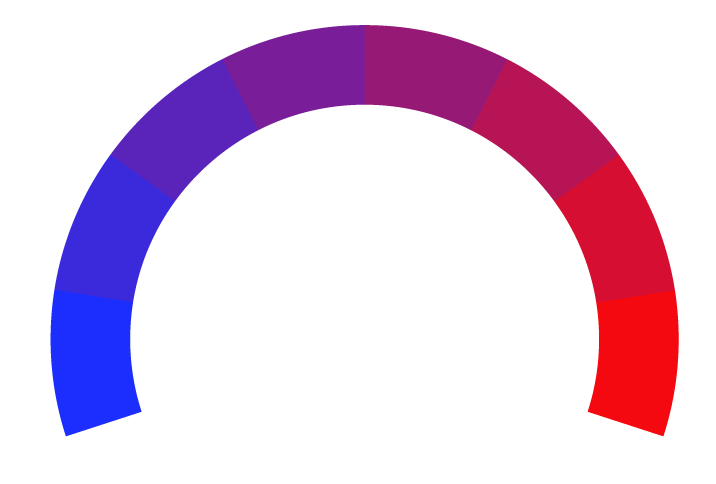 Washington Monthly Article Rating
Washington Monthly Article RatingToday's Supreme Court is Anti-Voter | Washington Monthly
- Bias Rating
-68% Medium Liberal
- Reliability
65% ReliableFair
- Policy Leaning
-66% Medium Liberal
- Politician Portrayal
-62% Negative
Continue For Free
Create your free account to see the in-depth bias analytics and more.
Continue
Continue
By creating an account, you agree to our Terms and Privacy Policy, and subscribe to email updates. Already a member: Log inBias Score Analysis
The A.I. bias rating includes policy and politician portrayal leanings based on the author’s tone found in the article using machine learning. Bias scores are on a scale of -100% to 100% with higher negative scores being more liberal and higher positive scores being more conservative, and 0% being neutral.
Sentiments
-10% Negative
- Liberal
| Sentence | Sentiment | Bias |
|---|---|---|
Unlock this feature by upgrading to the Pro plan. | ||
Reliability Score Analysis
Policy Leaning Analysis
Politician Portrayal Analysis
Bias Meter
Extremely
Liberal
Very
Liberal
Moderately
Liberal
Somewhat Liberal
Center
Somewhat Conservative
Moderately
Conservative
Very
Conservative
Extremely
Conservative
-100%
Liberal
100%
Conservative

Contributing sentiments towards policy:
61% : This approach was faux judicial restraint: everyone knew that the Shelby County ruling effectively killed off Section 5, one of the most important tools to prevent many jurisdictions, mostly but not entirely in the South, from enacting discriminatory voting laws.60% : States had to justify their election laws by pointing to a "compelling" interest -- that is, a really significant justification.
55% : States also had to demonstrate that their voting rules were "narrowly tailored" -- or that there was a close fit between the rationale for a voting law and how it achieved its purpose.
54% : But, as I show in my new book, The Court v.The Voters, in the 1970s, 1980s, and 1990s, the Court pulled back from close judicial scrutiny of voting laws.
53% : Instead, litigants have focused on state constitutions, which generally offer more robust voting rights than the federal constitution.
46% : In 1983, the Court issued a decision in Anderson v. Celebrezze that struck down an Ohio law that had made it difficult for independent presidential candidate John Anderson to appear on the ballot in 1980, and while that specific holding seemed pro-democracy, the written opinion marked a change by creating a new test that relaxed the scrutiny the Court had previously given to voting laws.
*Our bias meter rating uses data science including sentiment analysis, machine learning and our proprietary algorithm for determining biases in news articles. Bias scores are on a scale of -100% to 100% with higher negative scores being more liberal and higher positive scores being more conservative, and 0% being neutral. The rating is an independent analysis and is not affiliated nor sponsored by the news source or any other organization.





















